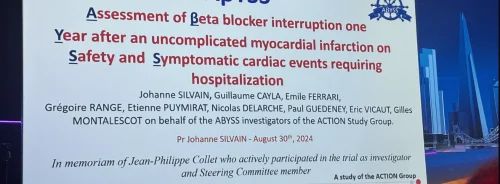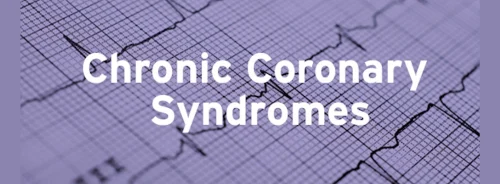The 2024 ESC Guidelines for the Management of Peripheral Arterial and Aortic Diseases (PAAD) approach these vascular conditions as interconnected components of the cardiovascular system, acknowledging that patients with aortic diseases often have a concurrent risk of peripheral vascular diseases and vice versa. Although primarily aimed at cardiologists, these guidelines were coordinated with surgical guidelines by the European Association for Cardio-Thoracic Surgery (EACTS) and have been endorsed by the Vascular European Reference Network (VASCERN) and the European Society for Vascular Medicine (ESVM).
PAAD affects an estimated 113 million people aged 40 and over worldwide, nearly half of whom (43%) are in low- and middle-income countries. The global prevalence is about 1.5%, increasing significantly with age, affecting 15-20% of individuals aged 70 and over and 20-30% of those aged 80 and above. From 1990 to 2019, prevalence rose by 72%, outpacing the 45% growth in the global population.
These updated guidelines reflect significant advancements in the understanding and management of aortic and peripheral artery diseases (PAD), including new treatment modalities, since the previous guidelines were published in 2014 and 2017.
The decision to merge these guidelines stems from the interconnected nature of the aorta and peripheral arteries, which are part of the same arterial system. Diseases affecting one part of the system often impact the other. These integrated guidelines provide unified and standardised recommendations for the management of arterial diseases, ensuring that patients receive cohesive and coordinated care across different vascular conditions, thereby reducing fragmentation and enhancing treatment outcomes.
The 2024 Guidelines emphasise the chronic nature of PAAD, the importance of early screening, and the need for comprehensive treatment strategies, stressing that PAAD is a chronic condition requiring lifelong follow-up.
A substantial proportion of patients are asymptomatic, making screening essential, particularly for those with cardiovascular risk factors, a family history of PAAD, or syndromic features. The guidelines recommend that PAAD diagnosis can be effectively achieved using non-invasive vascular tests and imaging. Optimal pharmacological treatment—including antithrombotic, lipid-lowering, antihypertensive, and antidiabetic therapies—and exercise and lifestyle modifications are crucial for reducing the disease burden. Patients with PAAD are at very high cardiovascular risk and need meticulous management of risk factors like hypertension, hyperlipidaemia, and diabetes to prevent severe complications.
Source: ESC Congress 2024
Image Credit: iStock










